 News
News9 June, 2025
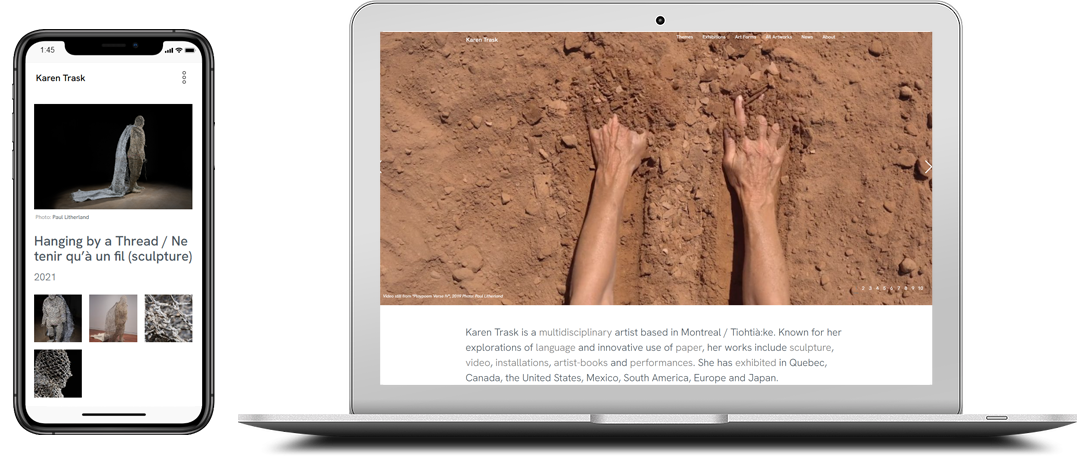
The first website and archive created with the AOPA-Retrospective platform is now online. Karen Trask’s new retrospective website features 8 thematic galleries, which frame her oeuvre. It catalogs 184 artworks, spanning 1981 to present, each with photo documentation, full museological information, descriptions and statements, exhibition history and related publications. It features 24 of her most important exhibitions and has a complete CV which includes a bibliography of 136 publications, most with full text downloads.
Karen’s is the first website to be built on the AOPA-Retrospective platform (Artist Online Presence and Archiving). Web developer, art critic and art writer Don Goodes has been developing the platform for over 3 years. It is a dream tool for AOPA’s full-service production house, which collaborates with mid- to late-career artists to research and produce dynamic online catalogues-raisonnés.
Please visit the site and tell us what you think: karentrask.com
6 June, 2025
Weeks to Launch: 0!
The day is finally upon us. AOPA-Retrospective 1.0 is officially complete and ready to face the world. Everything is checked off the programming list, and integration is done. The site is looking fabulous on all screens.
I’m so happy to share this special moment with you. Reminder:
AOPA-Retrospective 1.0 Official Launch Date: June 5th
—
In this, our final AOPA-Retrospective 1.0 launch newsletter, I’ll be giving you all the options for how to get a tour of the long-awaited AOPA-Retrospective 1.0 platform, including in-person, online and individual.
We’re so proud of what we’ve accomplished, so it’s an honour to finally share our finished work with you. Keep reading to learn how to attend, and what the future holds for Artist Online Presence and Archiving (AOPA)…
—
Feeling sentimental? Want to take a trip down memory lane? You can find all past newsletters on Artist OPA’s website. Take a look!
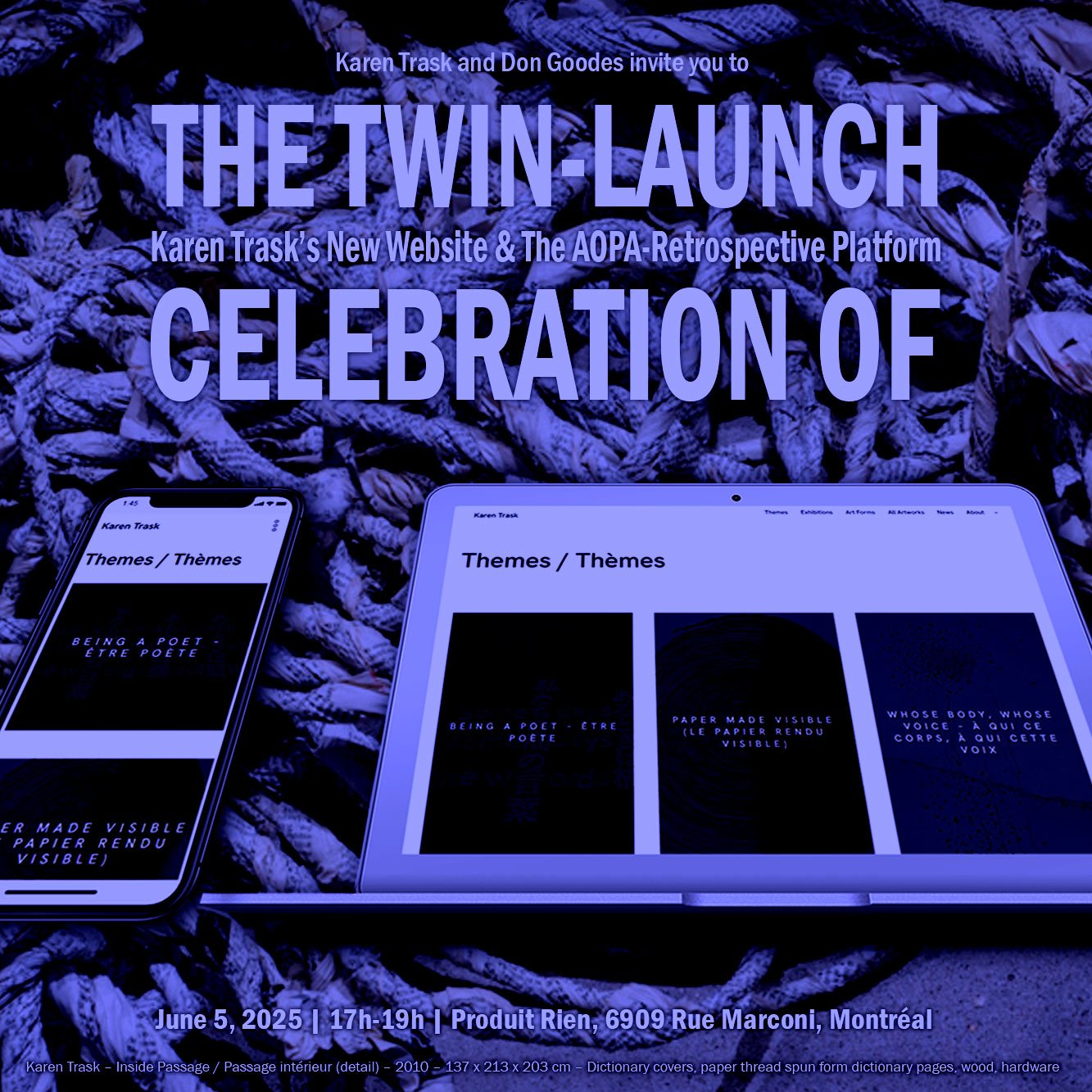
If you’re in Montréal, you are cordially invited to join Karen Trask, Donald Goodes and his development team for the celebration of the launch of Karen Trask’s new retrospective website and the launch of AOPA-Retrospective!
Attending in person is the best way to get the lowdown on the new site from Karen Trask and Don Goodes themselves, meet us all, and enjoy some refreshments. We would love to have you there.
Date: Thursday, June 5, 2025
Time: 5pm – 7pm — the presentation begins at 5:30
Location: Produit Rien, 6909 Rue Marconi, Montréal
What to expect:
Can’t make it to the launch? We’ll miss you but…
For inquiring minds eager to experience AOPA-Retrospective 1.0, Don will be hosting a series of live-video tours. These sessions will be about 40 minutes apiece, delivered in French and English, with separate presentations adapted for Artists, Gallerists, and Critics, Curators & Art Historians (remember the all-important CCA’s ?!).
Interested? Find the schedule information below:
Thursday 12th, 7:00-7:40 | Artists (English)
Friday 13th, 5:00-5:40 | Artists (français)
Wednesday 18th, 12:00-12:40 | Gallerists (English)
Thursday 19th, 12:00-12:40 | Gallerists (français)
Wednesday 25th, 5:00-5:40 | Critics, Curators, Art Historians, Consultants (bilingual/bilangue )
Hope you can make it. We’ll send you the links as the dates get closer and post on the AOPA Instagram @artistopa.
Not able to attend in person or online, but still curious to learn more? AOPA is happy to accommodate. Feel free to reach out by email to Don directly (don@artistopa.com) to have your burning questions about AOPA-Retrospective 1.0 answered and to get a personal tour.
In the last newsletter, I promised I’d give you a special treat for sticking with us along the way. So, without further ado, here is the link to the first catalogue raisonné built on AOPA-Retrospective:
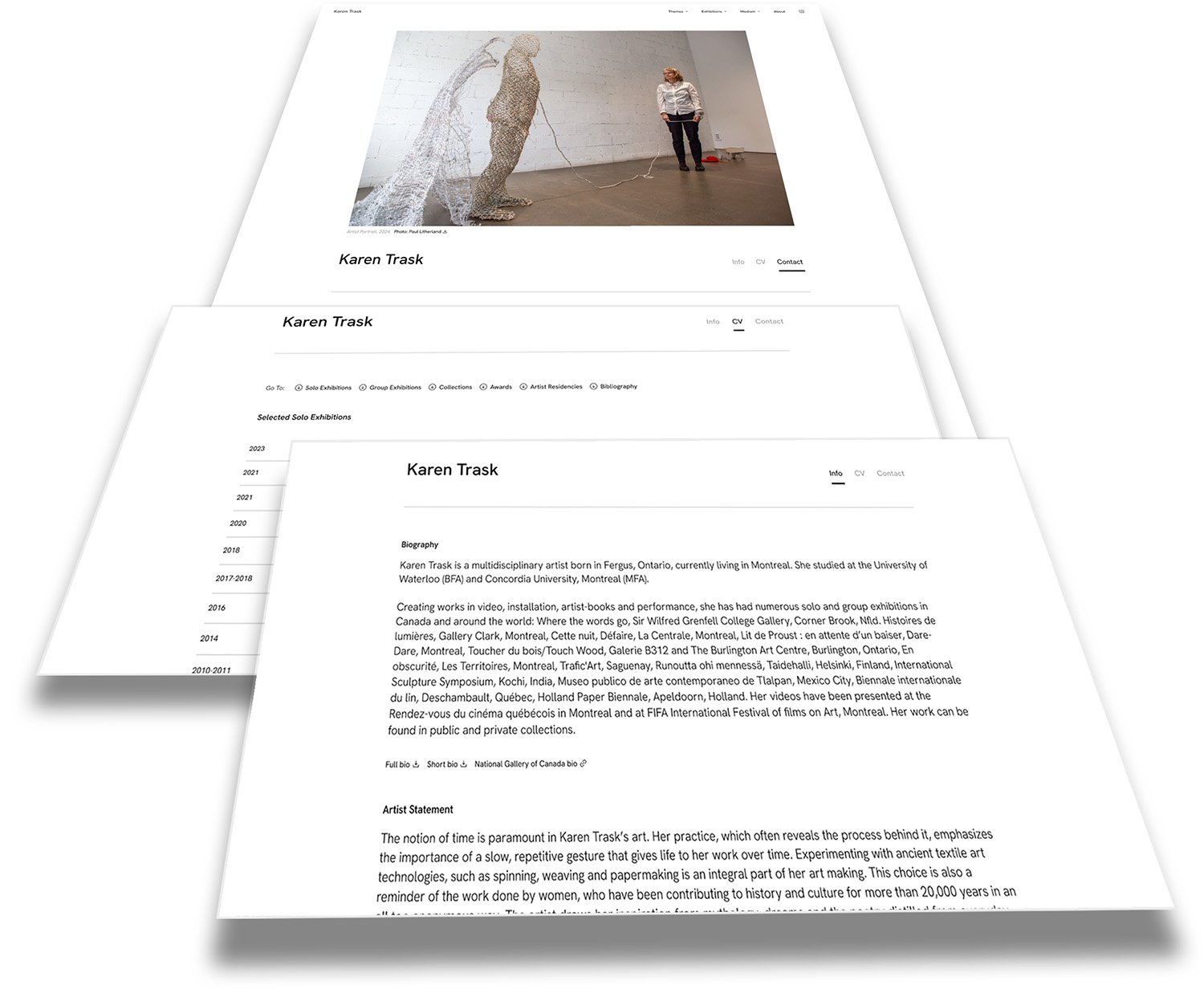
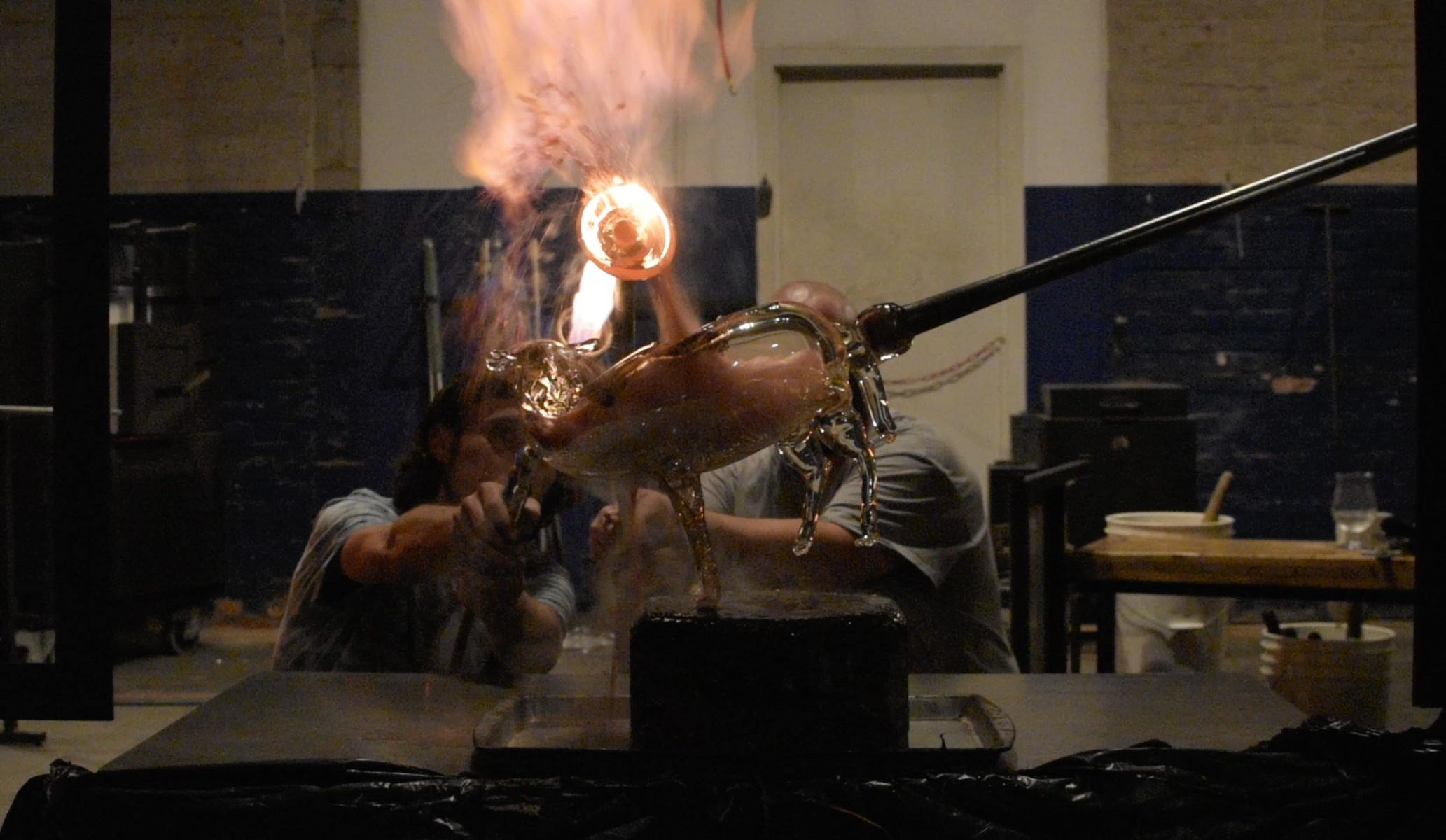
Jocelyne Prince, Mystic Lamb (performance still), 2019.
So, if the first iteration of the AOPA-Retrospective platform is done and Karen’s retrospective is online, what’s next for AOPA?
Believe it or not, after all that work… we’re only just beginning! Equipped with the AOPA-Retrospective 1.0 platform, AOPA is ready to take on new projects archiving and presenting the work of contemporary artists, and keep on sharing art with the world.
AOPA has already begun working with Jocelyne Prince, conceptual glass artist, professor in the Glass Department at Rhode Island School of Design (RISD), and 2025 recipient of the United States Artists Fellowship. This project involves bringing her current website (also made by Don!) into the AOPA-Retrospective platform, including a redesign in collaboration with Derek Schusterbauer, Assistant Director for the Graphic Design department at RISD.
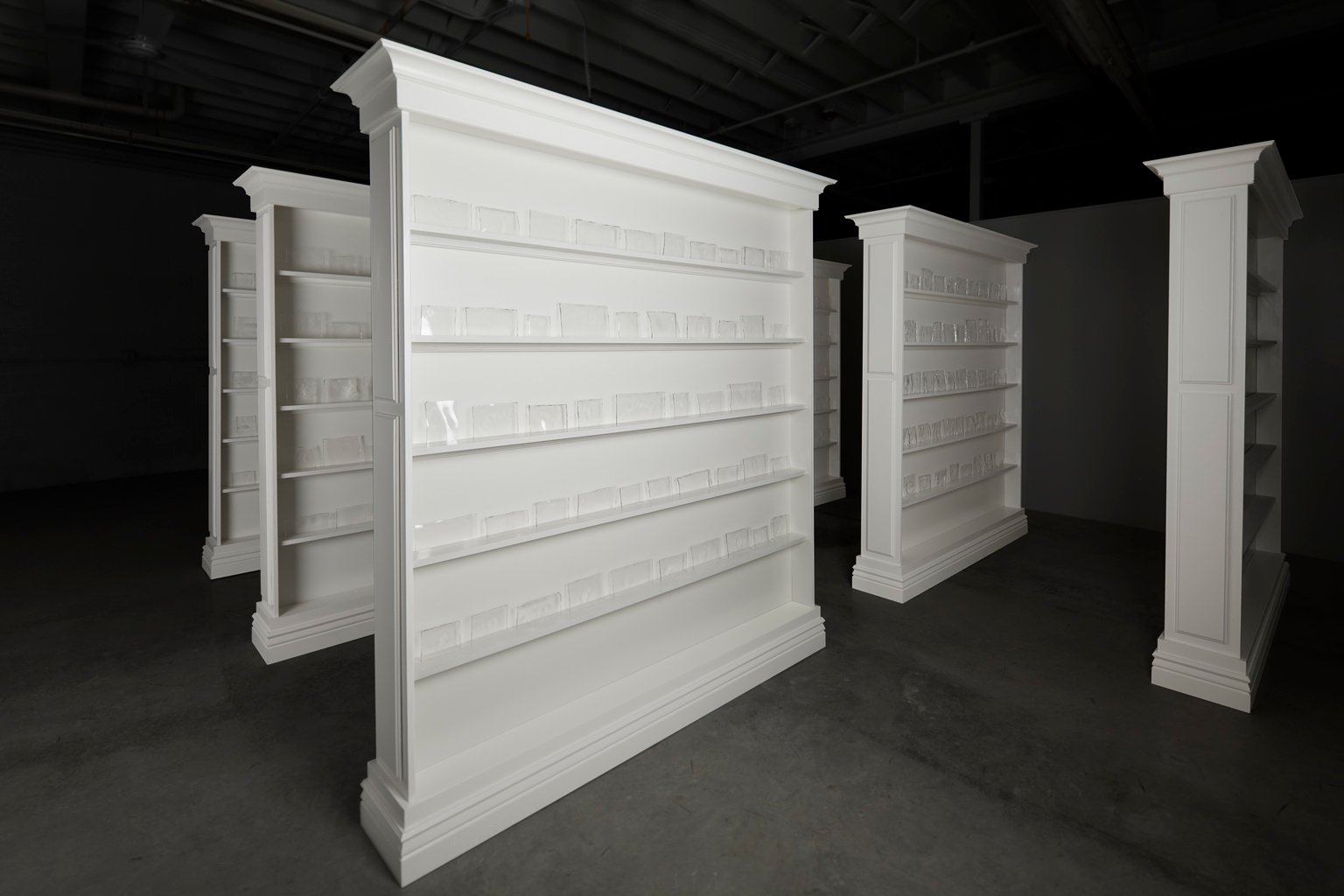
Jocelyne Prince, Slide Library (installation view), 2002-present.
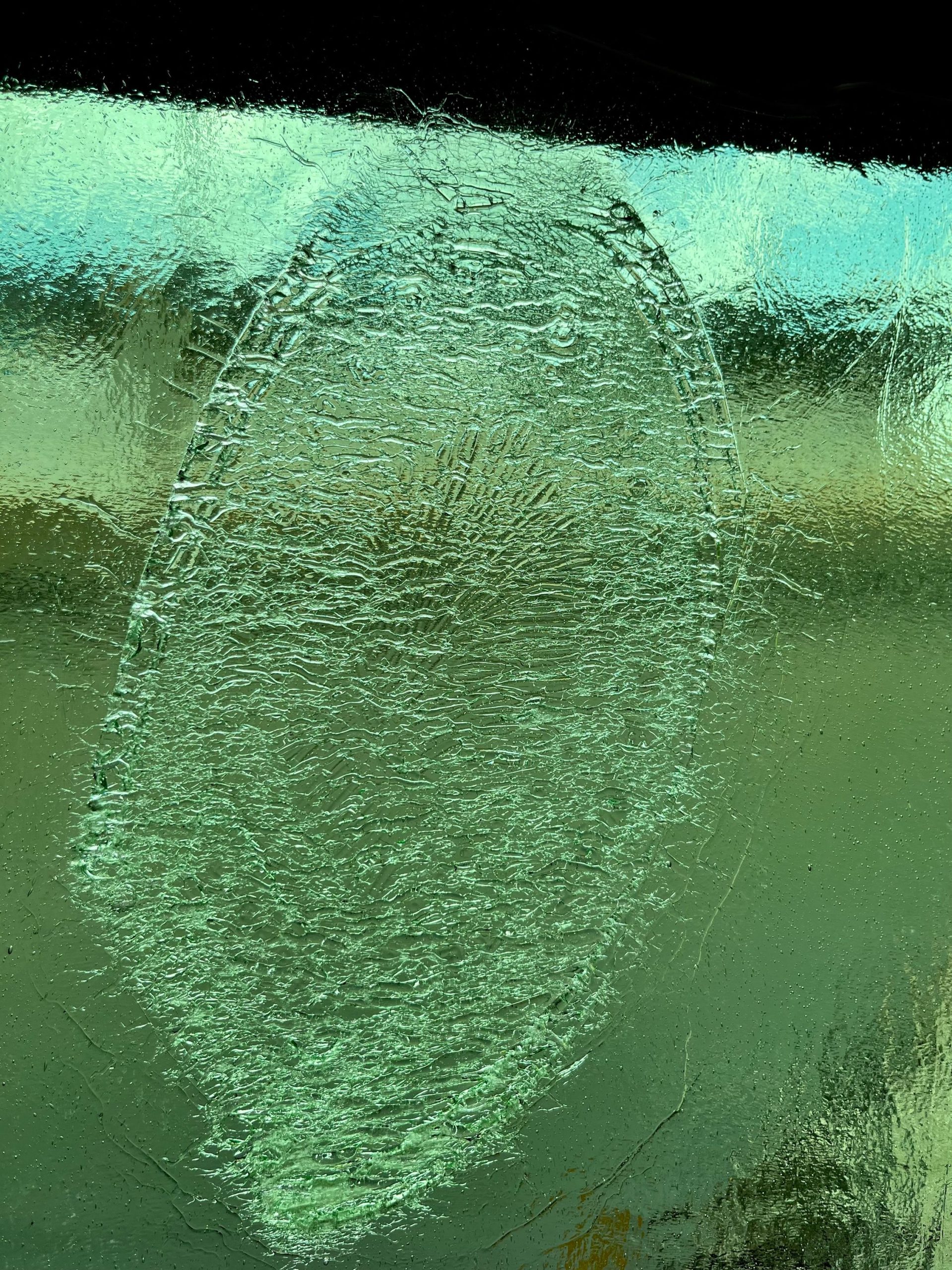
Jocelyne Prince, Emblem 1 (detail from the Rolled Glass project, work in progress), 2025-.
The future is bright. As a platform made by and for hard-working, creative, and art-loving people, there is no shortage of potential for what comes next.
Thank you again, as always, for reading, and don’t be shy to get in touch.
As always, thanks for reading!
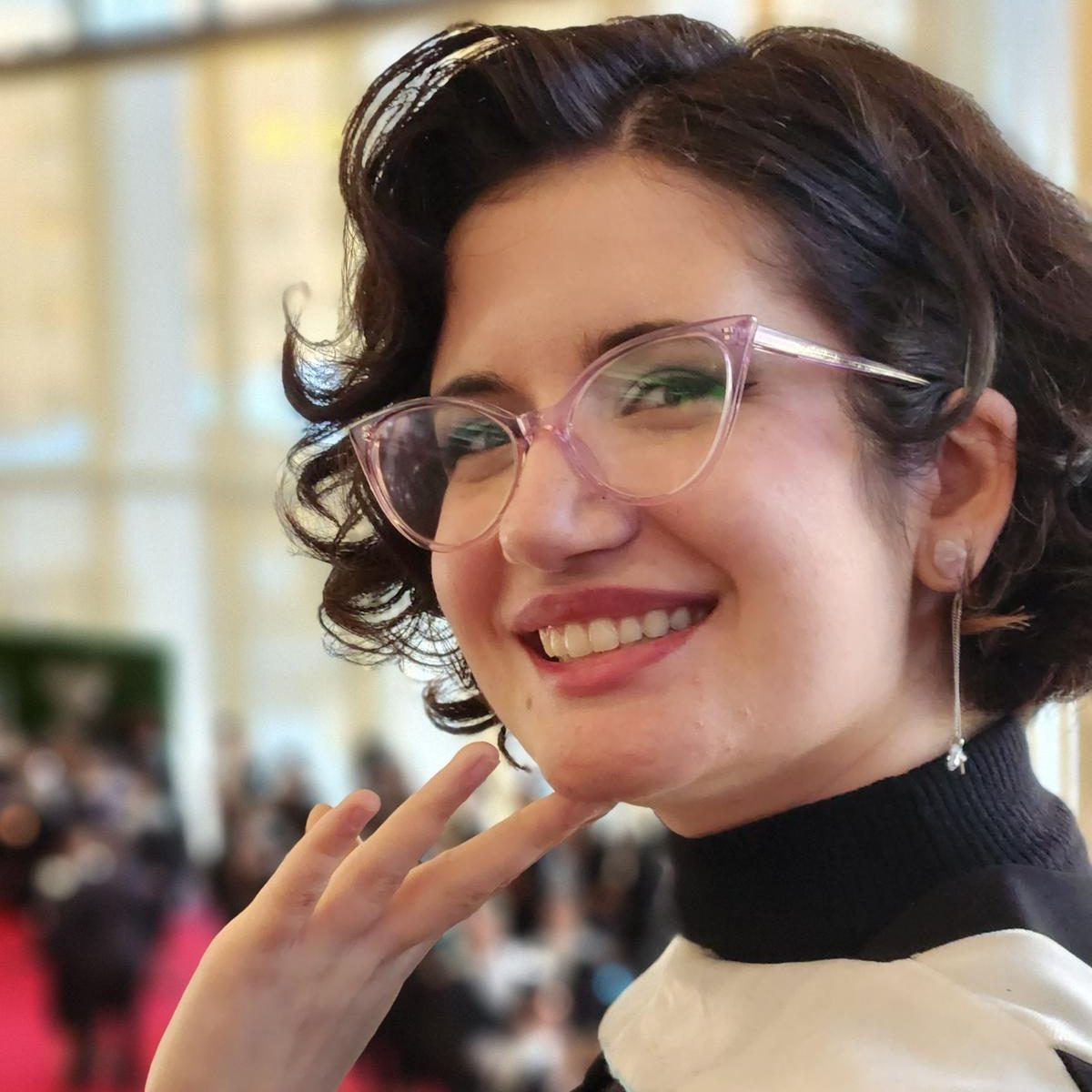
Mya Fernandes-Giles, AOPA Dedicated-Curator Assistant
Master’s student in Art History at Concordia University, working on a project that relies heavily on alternative archives. Has a great appreciation for record-keeping and cultural preservation, especially amongst little-known artists and communities. Recipient of the Concordia Merit Scholarship, the Guido Molinari Prize in Studio Arts and the Sarah Leaney Award in Ceramics and Fibers.
Artist Online Presence and Archiving (AOPA), provides professional online archiving and web-development services to mid- to late-career contemporary visual artists. AOPA was founded in 2023. It grew out of the freelance work of Don Goodes, who was an art critic and curator in Canada for a decade before moving over to web development in the cultural sector. AOPA delivers its services via a growing team of freelance writers, curators and designers spread across Canada. Over the past 2 years, the core team has been developing a flexible and comprehensive online platform called AOPA-Retrospective, a key tool in delivering AOPA’s services. AOPA-Retrospective is designed to fulfill the needs of contemporary artists, for both archiving and the online presentation of their oeuvre in the spirit of the catalog-raisonné.
For questions or inquiries see our contact page. We would love to hear from you.
choose your preferred method of communication